The convergence of traditional asset management and decentralised finance has pushed the opportunity for tokenised funds to $235 billion.
According to research by Calastone, asset managers see tokenised distribution as the quickest path into digital assets, while DeFi platforms turn to tokenised money market funds to manage treasuries and retain capital.
“DeFi has created a new class of platforms and investors who want to access the same trusted products that underpin traditional markets, but in a way that fits their digital-native infrastructure,” said Adam Belding, CTO at Calastone.
This research highlights an emerging bridge for institutional adoption: the tokenised distribution of traditional funds.
Research by ValueExchange for Calastone projects tokenised fund assets under management will surge from $4 billion in 2024 to $235 billion by 2029.
Nearly two-thirds of managers who have already launched tokenised funds report benefits over traditional models, including automation, improved liquidity and broader investor reach.
Asset managers overwhelmingly prefer partnering with technology firms and digital distribution platforms to tap the market, rather than building in-house systems.
“Our research shows treasuries are eager for tokenised money market funds to manage cash efficiently, while investors want access to them on the same venues where they hold and trade their digital assets.”
DeFi and Web3 platforms show strong demand for tokenised money market funds, with 80% saying they could improve treasury management and 75% citing their potential to help retain client assets, according to the research.
While most platforms still rely on traditional bank deposits, investors increasingly want access to these products on crypto venues, driving demand for tokenised versions that combine safety and yield with on-chain settlement and stablecoin integration.



